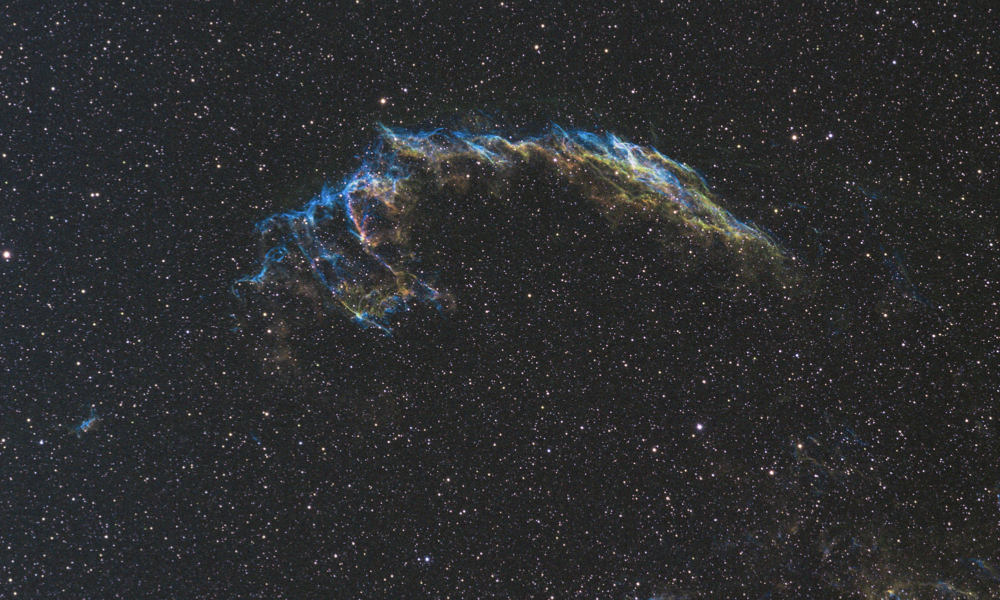
ESA Open Invitation to Tender AO10178
Open Date: 19/05/2020
Closing Date: 14/07/2020 13:00:00
Status: ISSUED
Reference Nr.: 20.197.01
Prog. Ref.: Discovery
Budget Ref.: E/0600-06 – Discovery
Special Prov.: BE+DK+FR+DE+IT+NL+ES+SE+CH+GB+IE+AT+NO+FI+PT+GR+LU+CZ+RO+PL+EE+HU+CA+SI
Tender Type: C
Price Range: 100-200 KEURO
Products: Satellites & Probes / Other
Technology Domains: Others
Establishment: ESTEC
Directorate: Directorate of Tech, Eng. & Quality
Department: Systems Department
Division: Adv. Concepts & Studies Office
Contract Officer: Radojevic, Veijko
Industrial Policy Measure: N/A – Not apply
Last Update Date: 19/05/2020
Update Reason: Tender issue
This study shall assess the feasibility of performing plane of sky measurements on a spacecraft (S/C) carrying an optical communications terminal, either using the receive telescope of a Deep-Space Optical Ground Station (OGS), or a co-located smaller dedicated telescope with its own sensor, in order to augment Radio Frequency (RF) Delta-Differential One-way Ranging (DDOR) to reduce demands on RF tracking time.Plane of sky (POS) measurements are currently performed using a combination of RF ground stations employing the DDOR technique. Optical measurements have already been used to determine the angular position of a S/C with respect to background stars and achieve a POS measurement. Example: GAIA by Pan-STARRS in 2015. When relying on passive solar illumination of the S/C, it cannot easily be applied if the range much exceeds that of GAIA. The signal from an optical communications terminal will be highly directive, and visible to the OGS even from planetary distances.We propose to measure the angular position of the signal relative to cataloged stars for an accurate plane of sky fix of the S/C. This measurement would essentially come for free every time a communication link is established, while the current DDOR technique is costly in ground station time. The study shall assess the feasibilityofsuch a measurement together with the navigation accuracy that can be achieved for an interplanetary S/C. Several areas to be assessed have already been identified: – availability of a star catalogue in near infrared (NIR) – daytime utilization; – imaging quality of the OGS telescope; – angular field of view required to image a sufficient number of cataloged stars together with the S/C; – required magnitude stars; – required spectral bandwidth and integration time; – use of a dedicated small, lower-cost telescope with a larger field of view, trading angular resolution for field of view; – cost; – navigation concepts using the POS measurements. The proposed additional capability must not be a cost driver for the OGS.
If you wish to access the documents related to the Invitation to Tender, you have to log in to the ESA Portal.
